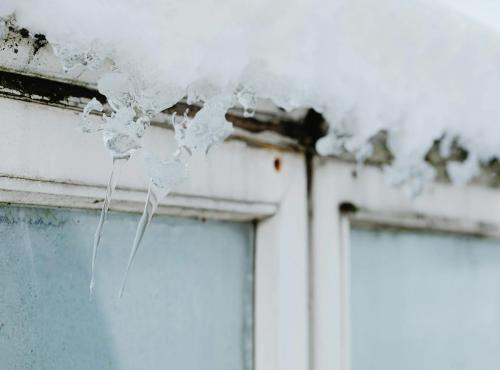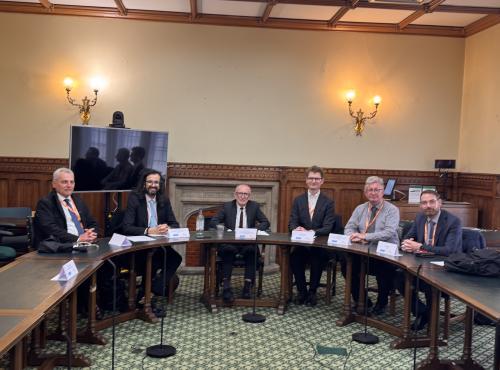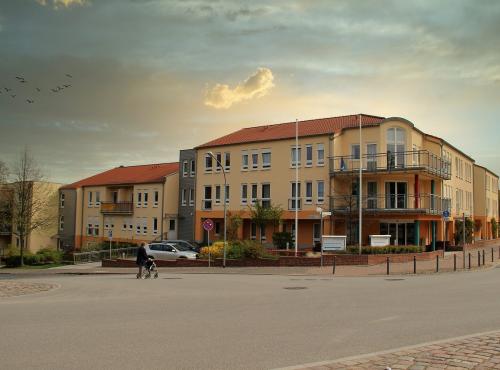Carbon Monoxide Safety: Why Winter Awareness is Critical
As winter settles in and temperatures drop, people everywhere start turning on heaters and keeping windows shut to stay warm. But these measures for warmth bring a hidden danger: carbon monoxide poisoning.
Every year, there’s a significant rise in carbon monoxide (CO) exposure during colder months, underscoring the urgent need for greater awareness and stronger safety policies.
Why Winter Heightens CO Risks
Carbon monoxide is commonly emitted by fuel-burning appliances like heaters and stoves, which are in place in the vast majority of our homes. CO can quickly build up if ventilation is reduced – a familiar practice in colder months.
Certain groups are at particular risk, including elderly people, pregnant women, and low-income households. These groups may rely on older appliances or have fewer means to heat safely, increasing their vulnerability to CO exposure.
Current Policy Gaps in CO Protection
Despite a pervasive risk in indoor spaces, regulations still do not fully address the issue. Current rules only require CO alarms in rented housing, leaving vulnerable settings like care homes unprotected, with sometimes tragic consequences.
Even when CO alarms are installed, studies find that less than 5% of us test our alarms more than once a year.
Limited regulation, and lacking government communication of the risks of CO, means CO safety is often an afterthought.
Raising Awareness for Winter CO Safety
Many people don’t fully understand the dangers, especially in winter when ventilation is often overlooked in favour of warmth. An annual awareness push is essential to improving fuel and home safety.
Building a comprehensive awareness campaign will require funding, community support, and collaboration across various sectors. Everyone has a role in keeping people safe from CO exposure, from local authorities to community leaders and housing providers.
So how can you stay safe this winter? Here are some key tips:
- Check CO alarms regularly to ensure they’re working.
- Inspect appliances and schedule maintenance if needed, especially for boilers, gas cookers and portable heaters.
- Ventilate your home whenever possible, even briefly, to reduce CO buildup.
Policy Changes and a Call to Action
Raising awareness and strengthening protections around carbon monoxide exposure are essential steps in reducing CO-related injuries and deaths, especially as winter approaches.
Awareness-raising from our political leaders is essential, but local authorities could also help address this gap by calling for regular testing of alarms, particularly ahead of the winter, and providing guidance to landlords on maintaining heating systems and installing British Standard-compliant alarms.




